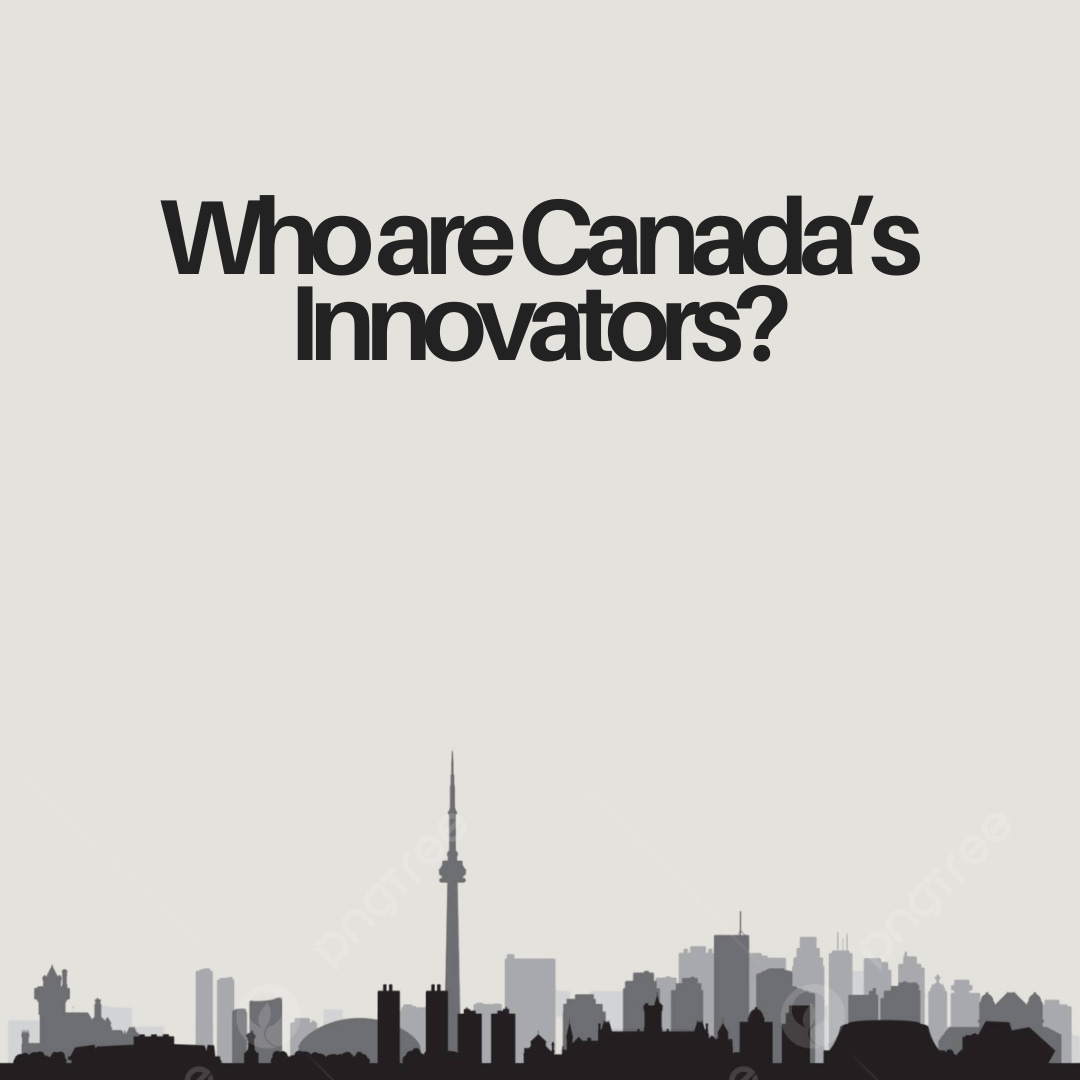Who are Canada's innovators?
For innovation to thrive in Canada, we need more than just new, shiny things
Welcome back to the July edition of Building Better, a newsletter about Canadian business leaders building a better world.
This month, we’re departing from our typical standalone interview format and beginning a new series that seeks to answer the question: How can Canada build a better innovation ecosystem?
In popular culture, conversations about innovation are largely driven by old scripts about genius inventors and lone-wolf masterminds. But while I love a good hero story as much as the next person, reality is rarely that simple.
In the conversations I’ve been having for this newsletter, I keep hearing variations of a different story. It goes like this: Somebody (sometimes a lone inventor, more often a team) had a great idea, wanted to commercialize it, but faced structural stumbling blocks that hindered their success. There is no shortage of good ideas in Canada, but limited access to funding, mentorship, and information often prevents great ideas from reaching the rest of us.
Over the next few weeks, you’ll have the chance to meet people who are trying to make the country a more hospitable place for those among us who are trying to bring their innovations to the world. From founders and investors to ecosystem-builders, there are many ways to tackle this problem and just as many people trying.
But today, I want to orient us by asking a very simple question.
What is innovation?
To determine how Canada might improve our innovation ecosystem, it helps to define what innovation is, and why it’s worth being “good” at it.
The definition I like most comes from Dan Breznitz, Co-Director of the University of Toronto’s Innovation Policy Lab. Breznitz has dedicated his career to understanding how countries build resilient, innovative local industries and in my opinion, his ideas around innovation are more useful than the typical stories we tell.
In his 2021 book, Innovation in Real Places, Breznitz defines innovation as follows:
“Innovation is not just the invention of new, shiny things…Innovation is the complete process of taking new ideas and devising new or improved products and services.”
Breznitz draws an important distinction between innovation as an ongoing process, and invention as the eureka moment where something unprecedented emerges.
“Invention is the process of coming up with a truly novel idea, while innovation is the process of using new ideas to offer new or improved products and services at the same factor cost.”
Though we tend to lionize the inventors who make the previously unimaginable possible, Breznitz argues we ought to give more weight to the innovators who can take crude prototypes and realize their potential by making inventions useful and affordable at a mass scale.
Canada is a nation of inventors…
In Canada, we’re very good at one half of this equation.
Canada punches above its weight in public sector R&D spending in places where new inventions are made, like university laboratories.
However, we tend to lag behind our peers when it comes to the challenge of scaling and innovating on these inventions to make them useful at a larger scale.
Today, public R&D in Canada is higher than all other English-speaking countries, sitting at 0.8% of GDP, while private R&D spending is among the lowest of OECD countries 0.93% of GDP in 2022.
These numbers point to a clear opportunity to shift and increase our spending to focus more on ensuring that the excellent inventions being born in this country have a chance to make their impacts felt.
…But can we better support our innovators?
This is not a new argument.
In March, I published an interview with Mehrdad Mahoutian, the Co-Founder and CTO of CarbiCrete. During his PhD at McGill, Mahoutian invented a new way to produce concrete with net-negative carbon emissions.
If Mahoutian had followed the same path as most of his peers, he would have published his thesis and watched it sit untouched in a library somewhere. But he knew he wanted a different future for his ideas.
“In the majority of cases, PhD theses end up in the library and don’t go any further. They can bring lots of good things to society, but for some reason, nothing happens with them. I did not want the same thing to happen to me.”
Without clear next steps or accessible funding, companies like Mahoutian’s are not as common as they could be. But just because this is the current state of affairs doesn’t mean things have to stay this way.
There are people in the public and private sectors working to change this. You’ll meet one of them next Tuesday, and I hope to catch you over there.
Until next week.
~ Sara
Building Better is a monthly newsletter written by me, Sara Chiarotto O’Brien. By day, I’m a management consultant living in Toronto. By night, I write this thing you’re reading. You can learn more about why I started this newsletter here.
If you liked what you read today, consider subscribing below or share with a friend (you’ll make my whole day). And if you know someone who you think should be featured here, my messages are always open!





